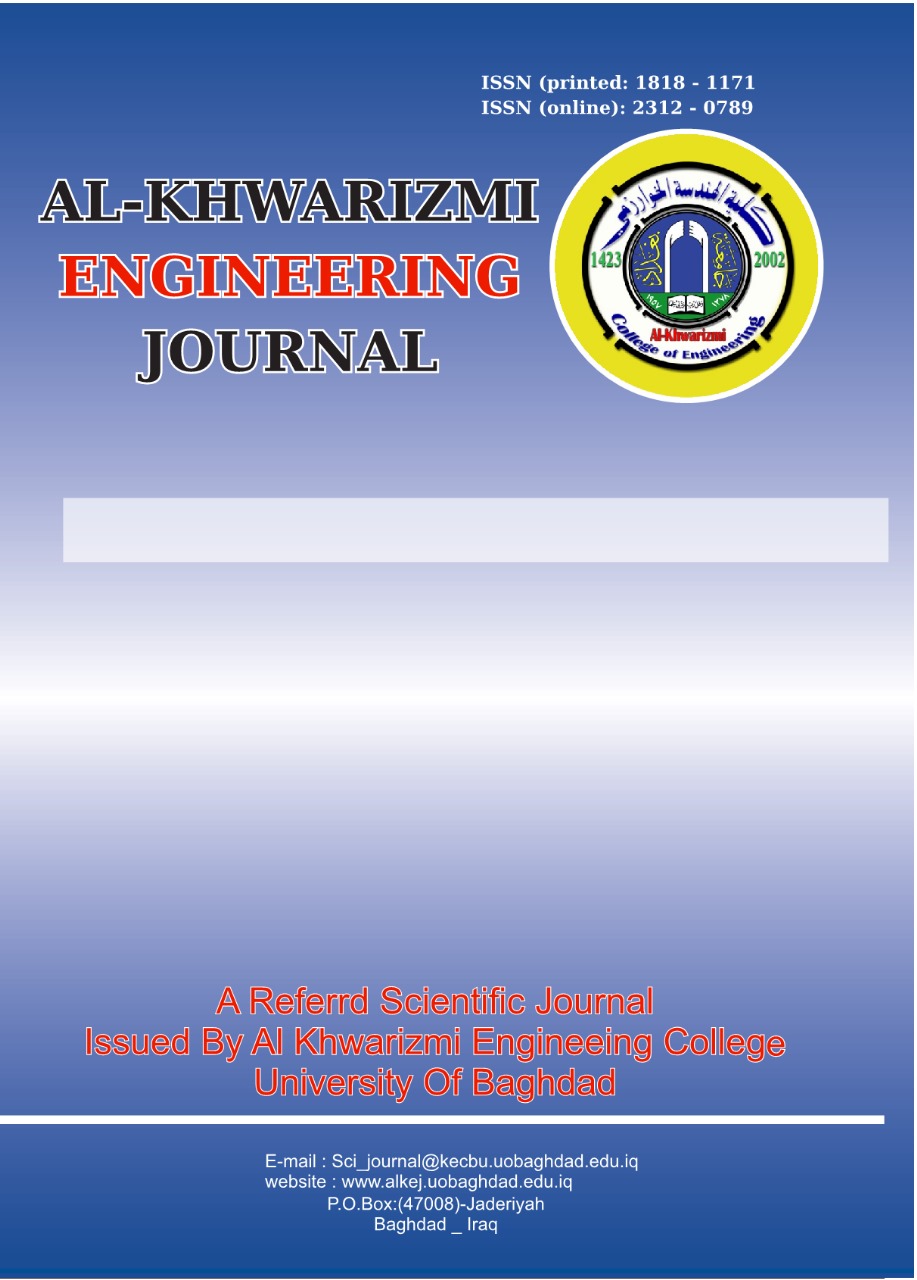Abstract
Earth–air heat exchangers (EAHE) hold great promise for reducing typical air conditioning systems’ energy consumption whilst preserving high indoor comfort. The present analyses a 3D model using COMSOL Multiphysics software for a geothermal heat exchanger to examine the thermal behavior along the piping system. The experimental findings of the real EAHE in Baghdad City during January and June are transferred into the nonisothermal pipe flow interface for modeling temperature, velocity and pressure distributions along the piping system. The temperature variation of subsurface soil and the radial temperature distribution around the pipe are modeled into the heat transfer interface. The magnitude of heat flux is also computed in different times along the pipe. The effects of the continuous operation of EAHE on the output temperature and on the soil temperature around the pipe are also considered. The model’s output demonstrates that the air temperature rise in January is 10 °C, whereas the air temperature drop is 14 ℃ in June. The effect of extracted/absorbed heat transfer from/to air in pipes is extended up to 0.7 m in the radial direction of the soil surrounding pipes due to continuous airflow in EAHE.
Keywords
COMSOL
earth heat exchanger.
Geothermal Energy
Sandy Soil
thermal analysis.
Abstract
تتمتع المبادلات الحرارية الأرضية الهوائية (EAHE) بوعود كبيرة في تقليل استهلاك الطاقة لأنظمة تكييف الهواء النموذجية مع الحفاظ على الراحة الداخلية العالية. اعتمدت الدراسة الحالية تحليل نموذج ثلاثي الأبعاد باستخدام برنامج COMSOL Multiphysics لمبادل حراري أرضي لفحص السلوك الحراري على طول نظام الأنابيب. تم نقل النتائج التجريبية لمبادل حراري أرضي هوائي حقيقي في مدينة بغداد خلال شهري يناير ويونيو إلى واجهة تدفق الأنابيب غير المتساوية الحرارة لنمذجة توزيع درجات الحرارة والسرعة والضغط على طول نظام الأنابيب. تم نمذجة التغير في درجة حرارة التربة تحت السطحية وتوزيع درجة الحرارة الشعاعية حول الأنبوب في واجهة نقل الحرارة. وتم أيضًا حساب حجم تدفق الحرارة في أوقات مختلفة على طول الأنبوب. تأخذ الدراسة في الاعتبار تأثيرات التشغيل المستمر لمبادل حراري أرضي هوائي على درجة حرارة الإخراج ودرجة حرارة التربة حول الأنبوب. أظهرت ناتج النموذج أن ارتفاع درجة حرارة الهواء في يناير هو 10 درجات مئوية، في حين أن انخفاض درجة حرارة الهواء هو 14 درجة مئوية في يونيو. يمتد تأثير نقل الحرارة المستخرجة/الممتصة من/إلى الهواء في الأنابيب حتى 0.7 متر في الاتجاه الشعاعي للتربة المحيطة بالأنابيب بسبب تدفق الهواء المستمر في EAHE.
